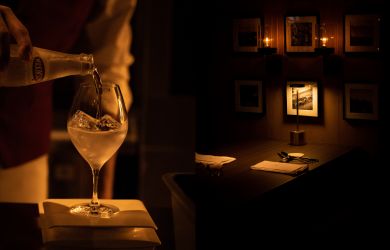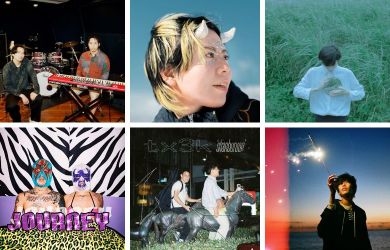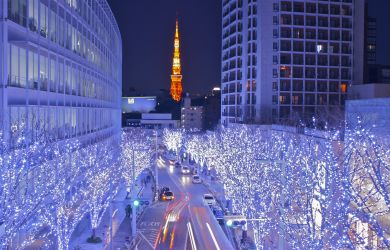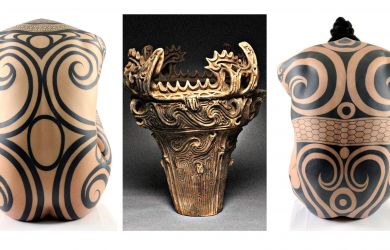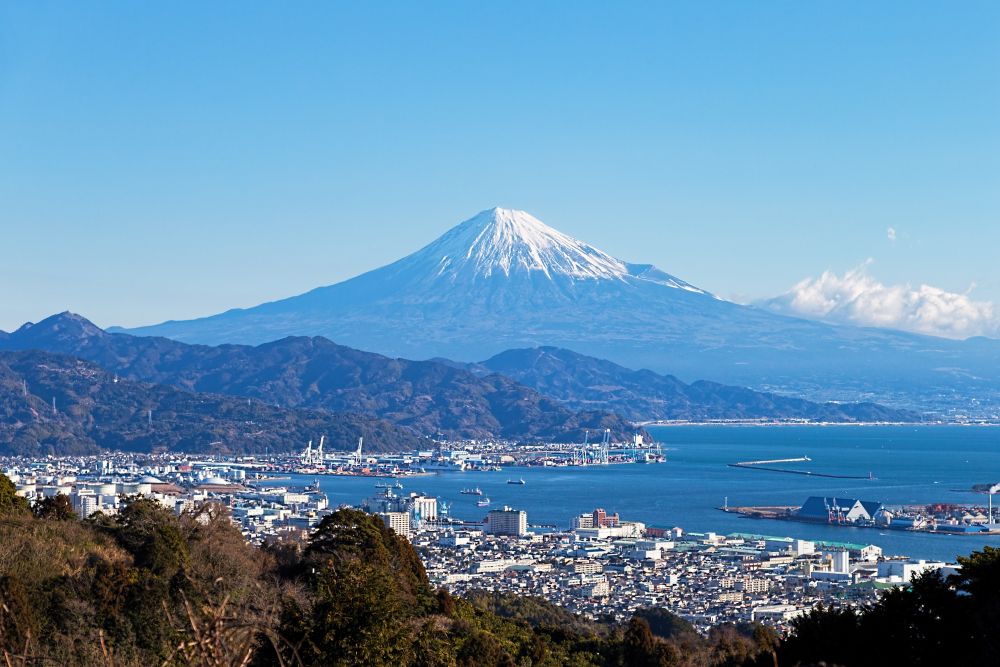
Frigid winds are sweeping into Tokyo from the northern plains and Japanese alps, and all we want to do is get away. Most would turn to the turquoise seas and forests of Okinawa, and for good reason.
While Okinawa offers comfort during the winter, it falls short of the traditional tropical experience. Additionally, the three-hour flight time, crowded tourist destinations, the expense of renting a car for mobility, and the bustling atmosphere around the American military base can be somewhat discouraging. However, the good news is that Japan is replete with hidden winter gems that can thaw the chill from your bones.
For reference, Tokyo features an average high of 10°C (50°F), a daily mean of 5°C (41°F), and an average low of 1°C (34°F) in January, with five rainy days. Here are five unconventional destinations that will warm you right up even in the heart of winter.
Hachijo Island
Average high: 13°C (55°F)
Daily mean: 10°C (50°F)
Average low: 8°C (46°F)
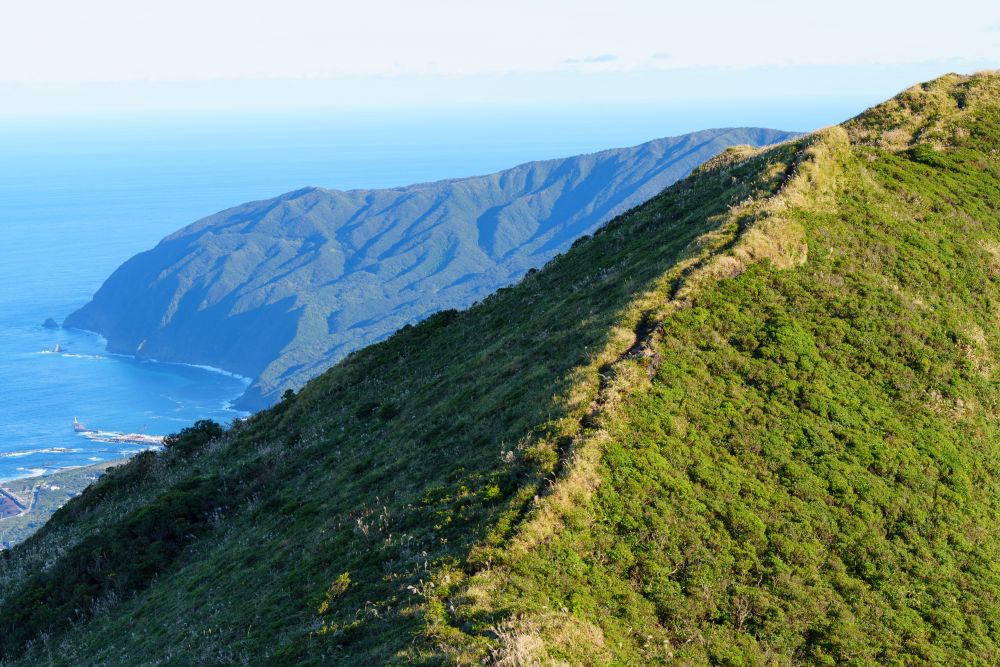
Located less than an hour’s flight from Tokyo, Hachijo Island stands as the nearest subtropical paradise to the city. It offers a comfortable blend of spring and autumn-like weather during January and February, along with abundant hot springs and notably warmer nights. This unique climate fosters the thriving of wildlife and flora rarely found in central Japan, including spunky aloe covering the hillsides and ashitaba (Angelica keiskei), a member of the carrot family that is often used in local cuisine.
Numerous onsen resorts provide vacation accommodations. You can even enjoy winter surfing, snorkeling, and diving in a wetsuit since the warm Kuroshio ocean current keeps water temperatures above 19°C (66°F) all year round. The small, remote island guarantees sparkling sunsets and sunrises over the sea, and magnificent starry skies.
Must-do Hike Mt. Hachijo-Fuji, the tallest mountain in the Izu island chain. Hikers will encounter grazing cattle, stunning waterfalls, and ocean views.
Must-see Enormous humpback whales, which can only be sighted in winter and spring.
Must-eat Local seasonal fish in the shimasushi style, with a distinct dipping sauce and mustard instead of wasabi.
Kagoshima
Average high: 13°C (55°F)
Daily mean: 9°C (48°F)
Average low: 5°C (41°F)
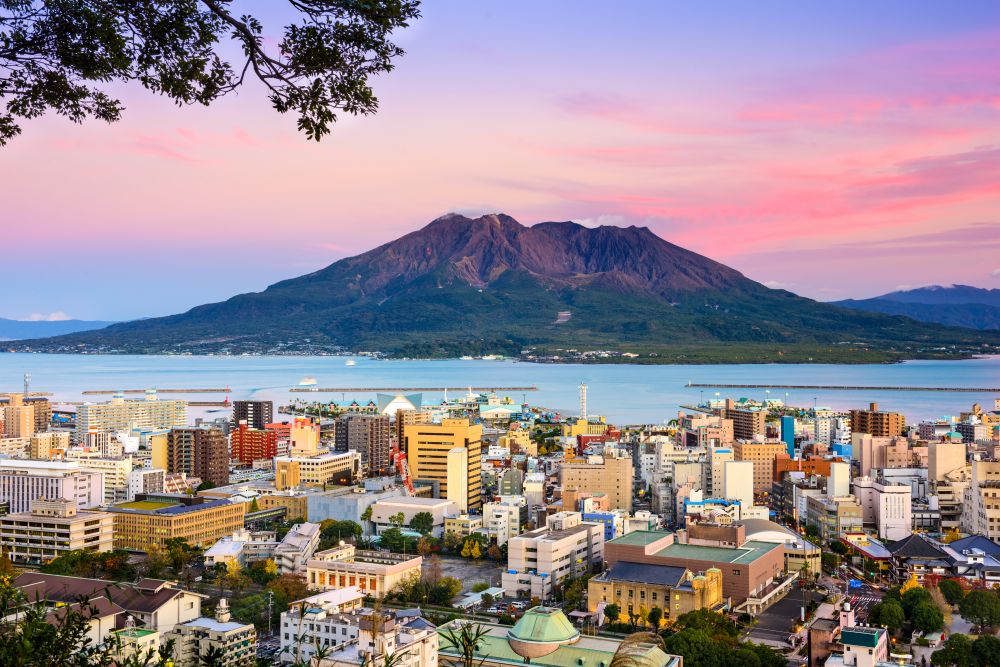
Kagoshima has earned its nickname as “the Naples of Japan.” Exuding a laidback lifestyle culture and with lush islands dotting the sea, Kagoshima’s balmy climate is a full-step up from Tokyo’s in midwinter, with plenty of sunshine. The active volcano Sakurajima makes for a stunning backdrop looming large out of the sea. There’s a free daily eruption show from viewpoints accessible via a 15-minute ferry ride.
However, venture further south, and the mystical isle of Yakushima awaits. The emerald, ancient forests served as inspiration for the setting of the Studio Ghibli film Princess Mononoke. Although there are hikes for all fitness levels, a 10-hour hike will lead you to the world’s oldest living tree, estimated to be 7,200 years old.
Must-see and do Shiroyama Park. This mountain park located at the site of a former castle offers unbeatable views of downtown Kagoshima and Sakurajima. Visitors can also take a dip at the Castle Park Hotel’s hot spring bath and learn about history and culture at the Reimeikan Museum.
Must-eat Kagoshima black beef (some of the best steak in Japan) and spongy karukan (grated yam cakes).
Beppu Onsen
Average high: 10°C (50°F).
Average low: 8°C (46°F).
Onsen vents: 2,909
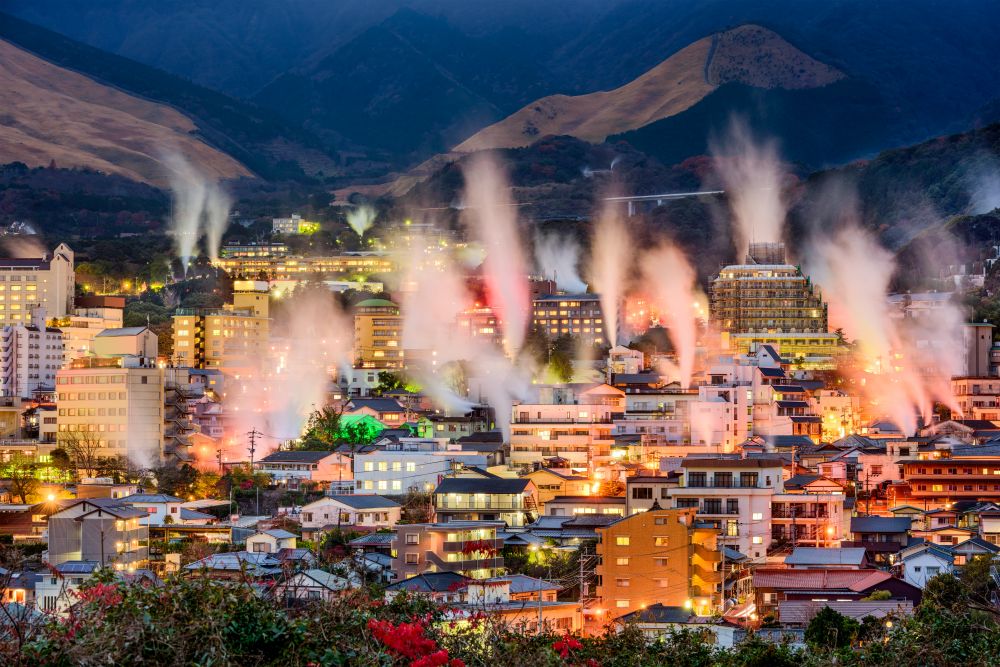
On the surface, Beppu Onsen isn’t warmer at all in comparison to Tokyo. However, this Kyushu resort town is home to eight natural hot springs, sixteen municipal bathhouses, nearly 3,000 hot spring vents, and 130,000 tons of hot water gushing out of the ground every day. This steamy city is 90 minutes from Fukuoka and its green mountain backdrop is nothing short of a bather’s paradise.
Elegant Japanese-style bath houses with aroma baths and waterfall massages sound pretty good, but there’s more. Visitors can submerge in naturally-heated sand baths, skin-nourishing mud baths, and herbal steam rooms.
Must-see Sweeping views of Beppu City and the bay from the top of the Beppu Ropeway on Mt. Tsurumi. This is the only “warm” destination on our list where you can go straight from playing in mountain-top snow to a steaming hot mud bath in the sunshine.
Must-eat Another can’t-miss experience is tea and pastries at one of Beppu’s iconic tea rooms. Three good options are Okamotoya Shop for a varied menu and wooded scenery, Morihan Bettei for its mountain-top location, and Beppu Amami Chaya for authentic, regional cuisine.
Shizuoka City
Average high: 12°C (54°F)
Daily mean: 7°C (45°F)
Chance of sunshine: 68%
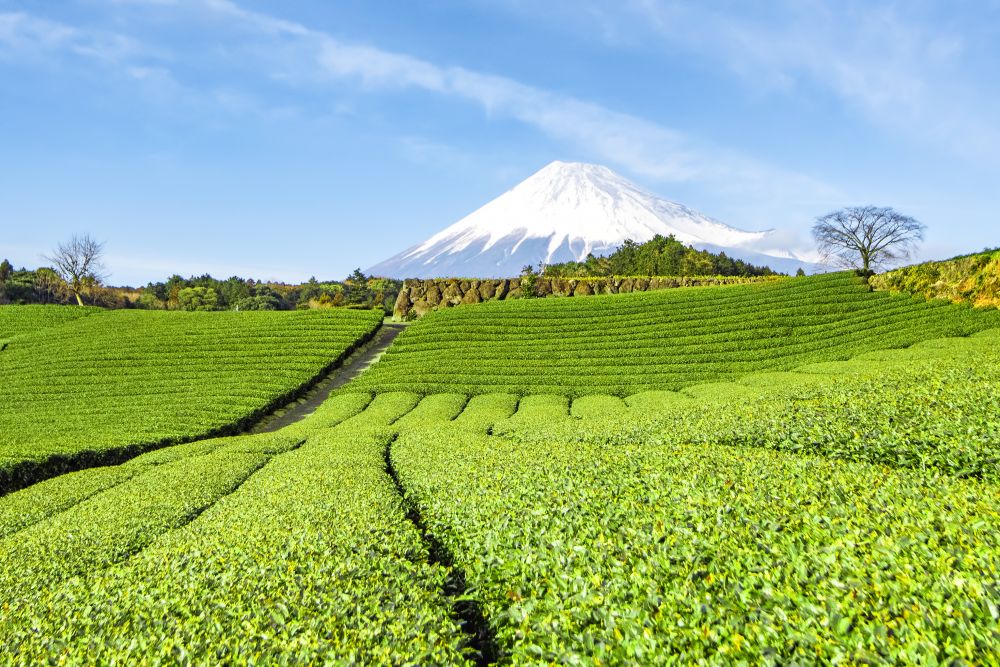
Shizuoka is one of the sunniest cities in Japan. This makes its balmy midwinter days extra tolerable—especially when there are sticky-sweet strawberries to be picked, and striking views of Mt. Fuji to soak up. Located just an hour from Tokyo on the shinkansen (three hours on local trains or the highway bus), Shizuoka is an easy, cheap weekend trip to catch some extra rays and fresh Pacific air.
There are two main ways to enjoy the city’s remarkable scenery. One is to ascend past the second-most important shrine in Japan dedicated to Tokugawa Ieyasu (Kunozan Toshogu Shrine) to Nihondaira, a mountaintop park in the middle of the city with sweeping views. For those willing to forego exercise, there is also a ropeway. The other is to explore the pine-forested Miho no Matsubara and witness Mt. Fuji towering straight over the ocean.
Must-do Tea brewing experience—Shizuoka is the locus of Japan’s tea production. Stay extra toasty with fresh tea at Ihachinouen, a tea terrace high in the hills near the city.
Must-eat Strawberries. Shizuoka is just as famous for its strawberries as its tea—and the fruits are sweetest when freshly picked. There are over a dozen orchards along the coast, including Hagiwarano Orchards and Marutoyo Strawberry Farm.
Nachi-Katsuura
Average high: 11°C (52°F)
Average low: 5°C (41°F)
Chance of sunshine: 67%
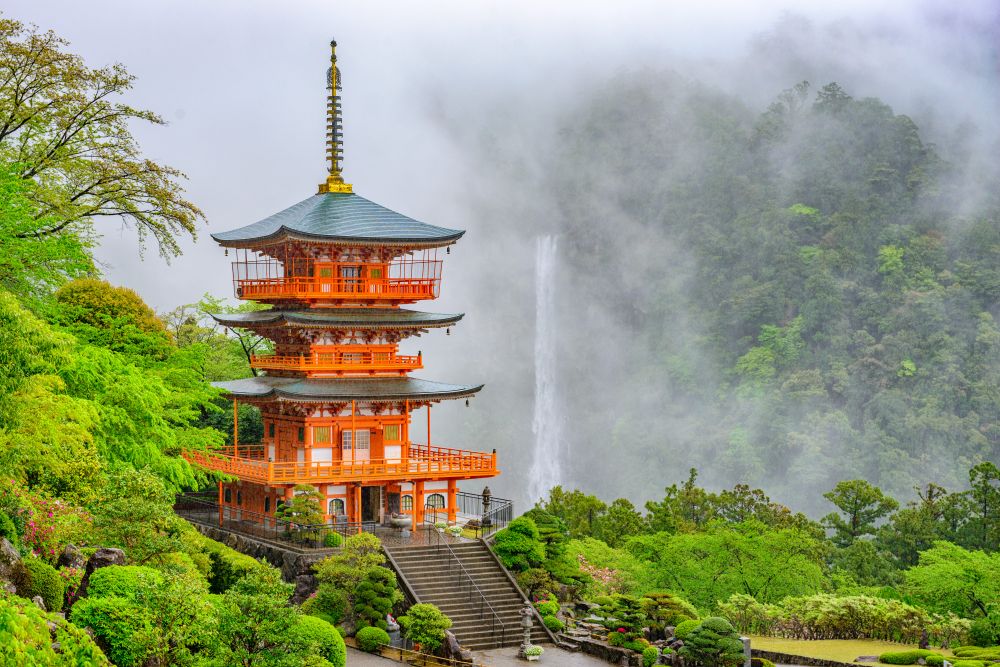
This dreamy coastal town is well off the beaten track. Located at the tip of the rugged, wild Kii Peninsula in the sacred heart of Japan, a full four hours by train from Nagoya or Osaka, visiting Nachi-Katsuura is an all-out adventure.
But that’s exactly the point of visiting the center of Japan’s mystical, Buddhist-Shinto spirituality. Since ancient times, pilgrims have traveled well-worn trails into the depths of the Kii Peninsula to visit the Kumano Kodo shrine. Nachi-Katsuura features one of the most sacred stops on this journey, Nachi Falls, a towering waterfall with a 133-meter vertical plunge. The scenery is truly unforgettable when viewed from the mountaintop Kumano-Nachi Taisha Shrine, a world heritage site.
Featuring a temperate coastal climate and numerous hot spring resorts, Nachi-Katsuura is comfortable in winter and makes for a truly traditional Japan travel experience.
Must-see The coasts of Wakayama are stunning, with rugged green cliffs and ultramarine blue waters. Numerous observation decks, spas, and shrines dot the coastline.
Must-eat The seafood found in Nachi-Katsuura is as fresh as it gets. Local izakaya are renowned for their delectable sushi, like the top-notch quality at Ichirin or creative tuna dishes at Bodai.

